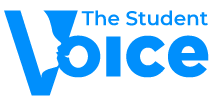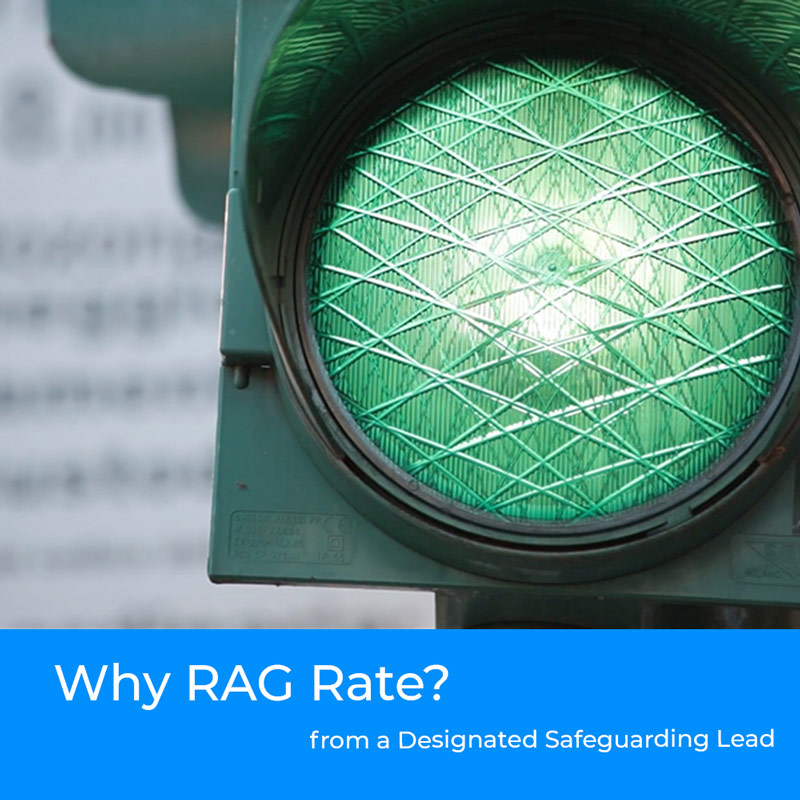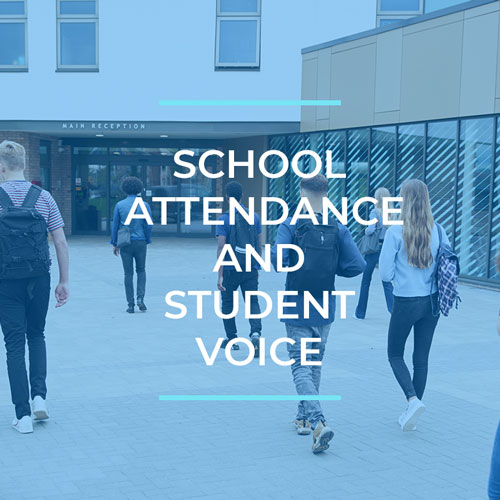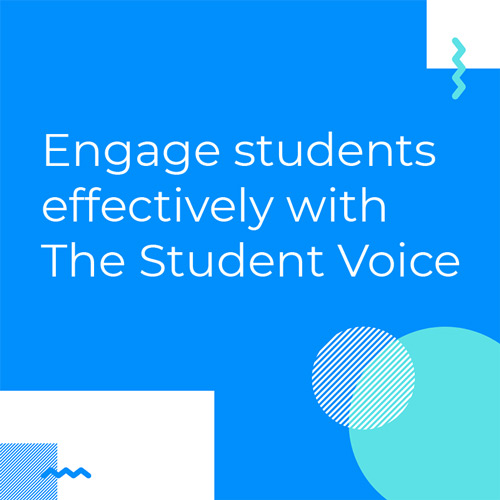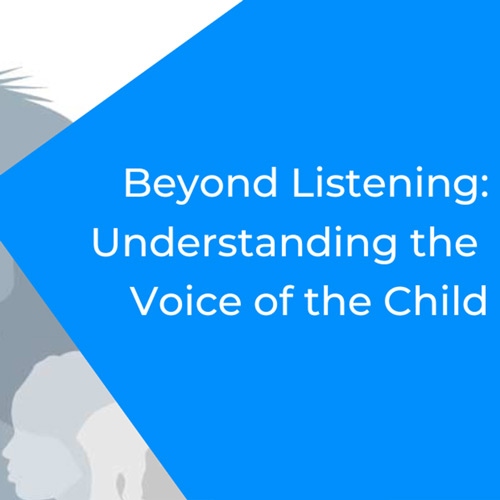Anonymous Reporting vs. Confidential Reporting
Transparency + clarity = a strong culture of information sharing
The first half-term has come and gone. October break offers a brief respite to reflect on our responses to supporting young people to live in a community that does not support any form of discrimination, sexual harassment or sexual violence. As we are all aware, central to this work is how we remove the barriers to reporting where young people have experienced or witnessed harm.
As an organisation, having a growth mindset is one of the core values for The Student Voice Team and this led us to embrace this challenge. Our mission is to provide brave spaces that empower young voices and inspire society to develop safer communities. Therefore, contributing to developing a culture that supports information sharing is central to our work.
A key theme in removing such barriers is the possibly dichotomous option of confidential or anonymous reporting. The fundamental question being if a young person has the option to report a concern, whilst not revealing their identity, will this provide an incentive to report concerns?
Get our blogs sent straight to your inbox.
Our view is that such options can and should complement each other. Both have significant advantages for young people and schools and colleges and should not be viewed as either or options. When offered in conjunction, they can give young people a range of avenues to share information in a way that they feel most comfortable with.
CONFIDENTIAL REPORTING
Confidential reporting should be used to share specific concerns that young people have about their own safety, well-being, and school life or that of a peer(s) in their community. Students that use this option will know that their identity is known and protected.
COMMUNITY MAPPING
Community mapping is our anonymous reporting tool and can be used to share concerns about school community, culture, and safety through the mapping tools on The Student Voice page. These maps include the school campus, local community and home learning environment.
The benefits of both confidential and anonymous reporting
COMMUNITY MAPPING:You can decide to share your identity or not Share your concerns about your school community |
CONFIDENTIAL REPORTING:
Your identity is safe and protected Seek specific support and guidance |
|---|---|
| Allows you to safely share your concerns about your community | Allows us to work with you to identify the best solution |
| Gives you the opportunity to make a positive difference in your community | Means a greater chance of achieving a more successful outcome |
| Can help you to manage peer pressure and dominant group cultures that may be a barrier to you sharing concerns | Includes you in the process and puts you in control of how the issue is resolved, inclusive of deciding if/when information is shared with parents/carers |
| Helping your school to understand the location, dates and times when concerns arise will assist your school to make your community safer | Gives you the opportunity to identify a trusted adult with whom you may like to help you to resolve the issue |
| Can give you the confidence to report on a range of issues that you may witness or experience on a regular basis, e.g.
– year 11 students cut the line and intimidate younger students during lunchtime – walking home from school my friends and I feel unsafe at the local train station as students from another school threaten us – a group of year 10 boys are regularly making sexist comments and jokes to the year 9 girls |
Allows you to have a safe, supportive and confidential conversation with the trusted adult in a format that works for you, i.e. via email, zoom or face to face |
| Experience of using the anonymous reporting system may give you confidence to use the confidential system, if you ever feel the need to do so | Reduces the opportunity for malicious reports to be made |
On mobile, scroll left to view table.
Transparent communication with our young people
We further believe that such processes must be transparently communicated and be fully accessible to the young people under your care. We have therefore embedded our approaches to information sharing into The Student Voice Page, for students to access at any time and in any context, i.e. at school, in the community or during periods of home learning. For our member schools, we will develop a bespoke version of this document, one that reflects the values and processes of the school.
The ofsted report and removing barriers to reporting
Ofsted and their report into child sex abuse in schools and colleges were accurate when they identified the role that schools need to play in removing barriers to reporting. Schools and colleges live and work with young people daily, and therefore have the opportunity to listen and understand the unique experiences they have, in an authentic way. Schools and colleges through providing varied and authentic channels for reporting will succeed in both reducing barriers to reporting and creating a culture that prevents future harm. For example, students feeling unsafe in an underpass on the way to school can report this anonymously, using their voice in a positive way to help their community, and the area is then improved with better lighting. Students know they are being listened to and this in turns built trust in the system, so students feel confident voicing concerns in the future.
Through this cycle of care, schools will empower the voices of their young people, and further, role model empathy, respect and understanding. Schools and colleges that adopt this approach will succeed in both reducing barriers to reporting and creating a culture that prevents future harm.
The long-term benefits for society through providing such opportunities for young people, as they move into adulthood, could be significant……
